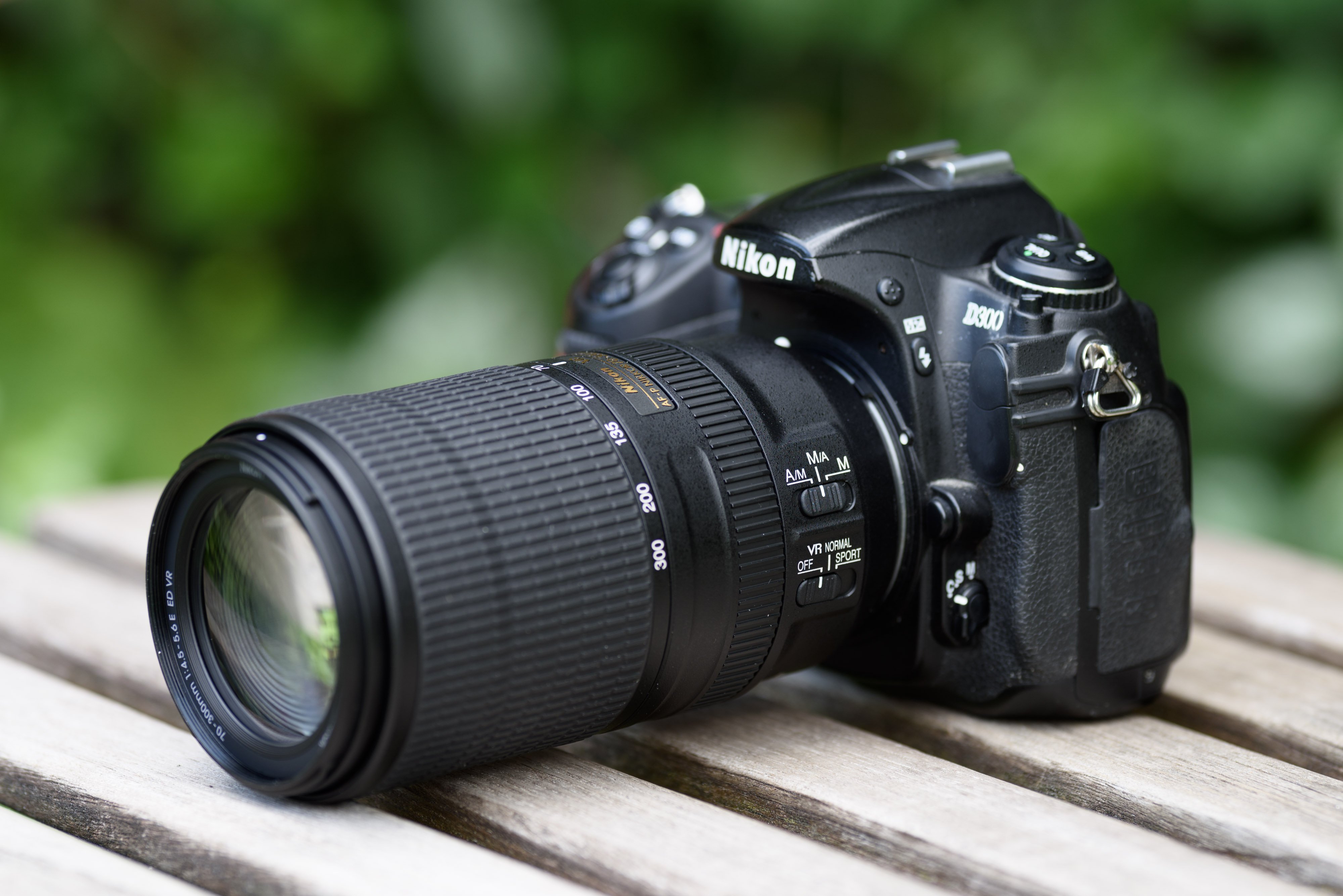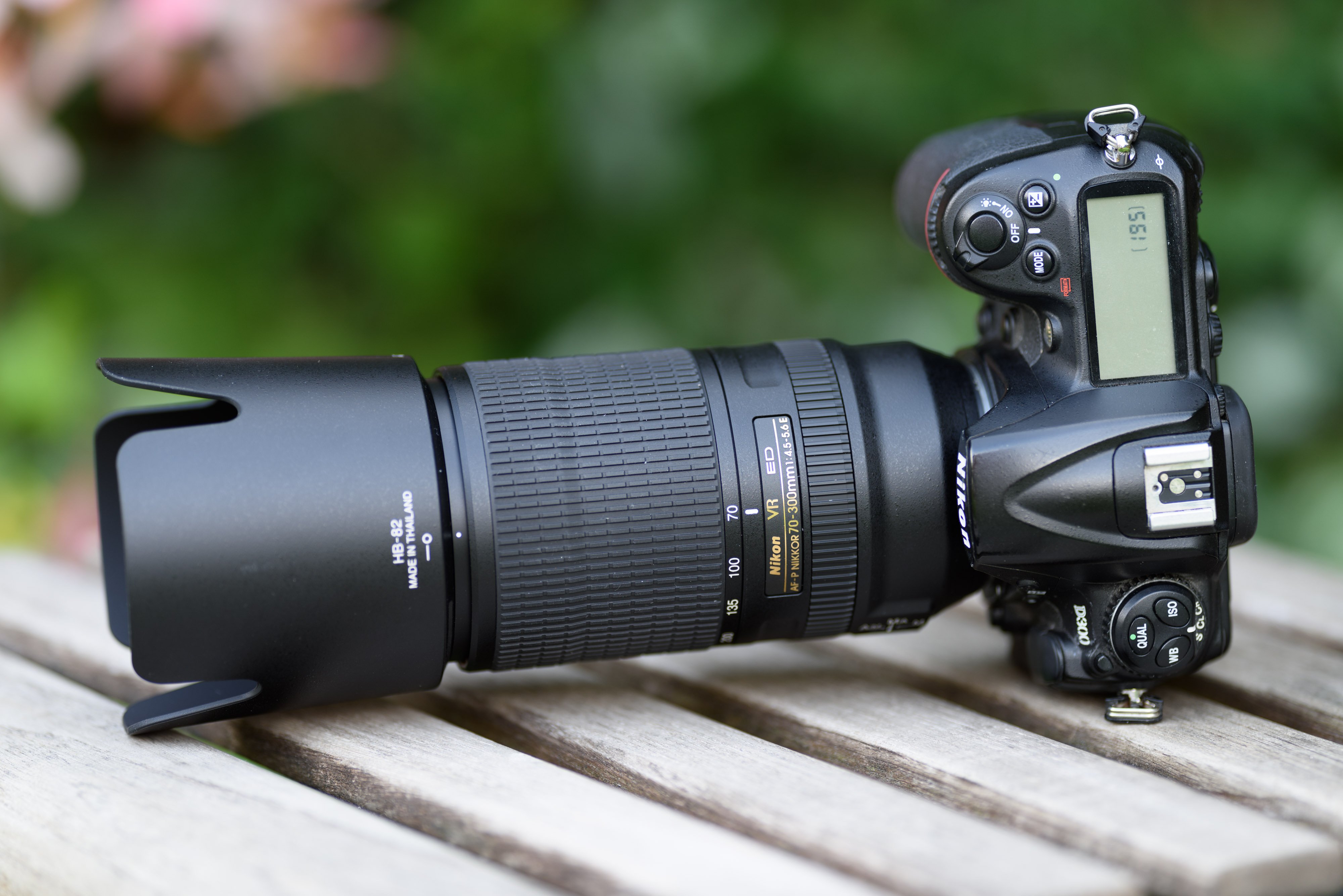
Anyone, photographer or not can tell the build quality is pretty awful, but from what everyone says, the optics are insanely good inside. Feb 01, 2013 If not in the 70-300m, then another lens. You can either work with AF Fine Tune, or send your body and lenses to Nikon to have them calibrate everything. 86 months ago sweet metal deleted says: My D90 and the kit 70-300mm lens was spot on, but with my new D7100, it required a fine tune.
Through the Retouch menu on your Nikon D7500, you can do simple photo editing in the camera. It’s a no-risk proposition: The camera doesn’t alter your original file; it makes a copy and applies changes to the copy only. Here are the basics you need to know to get started:
- Accessing retouching tools: You can take two routes:
- Retouch menu: Display the Retouch menu, shown on the left. (More tools await on the menu’s second and third pages.) Select a tool and press OK to display image thumbnails, as shown on the right in the figure. Select the image you want to edit by tapping it or by using the Multi Selector to move the yellow box over it. Then tap the OK symbol or press the OK button to display options related to the chosen retouching tool.
- Playback i-button menu: In Playback mode, select the photo you want to alter, press the i button, and choose Retouch to display the Retouch menu over your photo. Select a tool and press OK to access the tool settings.You can’t use the i-button menu to access one tool, Image Overlay.
- Determining which files can be edited: If the camera can’t apply the selected tool, it displays an X over the thumbnail, as shown on the right, or dims or hides the tool on the Retouch menu. A file or tool may be off-limits for these reasons:
- The tool isn’t relevant to the current file. For example, the Straighten tool I selected doesn’t work on movie files, so the X appears over the movie file in the figure. (Movie files are indicated by a dotted border.) In fact, the only Retouch menu option available for movies is Edit Movie. And if you took a portrait without using flash, the Red-Eye Reduction tool isn’t available — the camera is smart enough to know that you won’t need it.
- You previously applied a tool that prevents further editing. You can apply multiple tools to the same original, but you need to be careful in what order you use them because some tools produce a file that can’t be altered. After you use the Trim tool to crop your image, for example, you can’t do anything else to the cropped version. A Retouch symbol, shown on the right, indicates an edited file.
- Adjusting tool settings: After you select certain tools, you see a preview of your image along with options that enable you to adjust the tool effect.
- Get a bigger preview: If the Zoom symbol appears at the bottom of a screen, press the Zoom In button or tap the Zoom symbol to magnify the image. Release the button or tap the exit arrow in the top-right corner of the screen to exit the magnified view.
- Saving the edited copy: Tap the OK Save symbol at the bottom of an editing screen or press the OK button to finalize edits and save the edited copy. The file is saved in the JPEG format, using the same Image Quality setting as the original. If you began with a Raw image, the JPEG version is saved using the Fine setting. (Again, Image Overlay is the exception: It combines two Raw files to create a new Raw file.)
Nikon D7000 With Nikon 70-300mm Auto Focus Fine Tune Chart
The retouched image is assigned the next available file number. Make note of the number so that you can find the image later.
Nikon D7000 With Nikon 70-300mm Auto Focus Fine Tune Nikon D610
- Compare the original and retouched image: Put the camera in playback mode and display the original or retouched image. Then press the i button, choose Retouch, and select Side-by-Side Comparison, as shown. (You can’t get to this feature via the standard Retouch menu; you must use the Playback mode version of the i-button menu.)
A screen similar to the one shown here appears, with your original on the left and the edited version on the right. A text label indicates the tool used to create the edited version.
The yellow box indicates the selected image. Select the other image by using the Multi Selector. You can then tap Zoom or press the Zoom In button to study the selected image at a larger size. Release the button or tap the exit arrow to return to the side-by-side view.

When the retouched version is selected, you can also use these tricks:
Nikon D7000 With Nikon 70-300mm Auto Focus Fine Tunes
- If you applied more than one tool to the picture, press the Multi Selector right and left to display thumbnails that show how each tool affected the image.
- If you created multiple edited copies of the photo, press the Multi Selector up and down to scroll through them.
Nikon D7000 With Nikon 70-300mm Auto Focus Fine Tuners
To return to normal playback, select the image you want to display (the original or the altered version). Then press the Playback button.